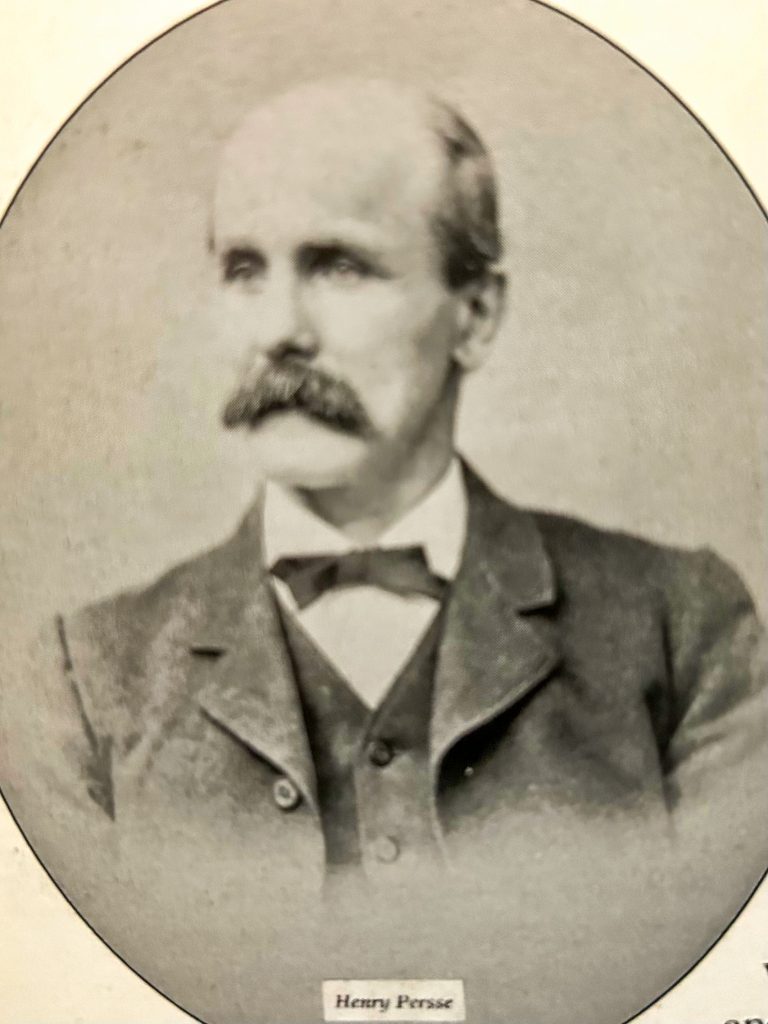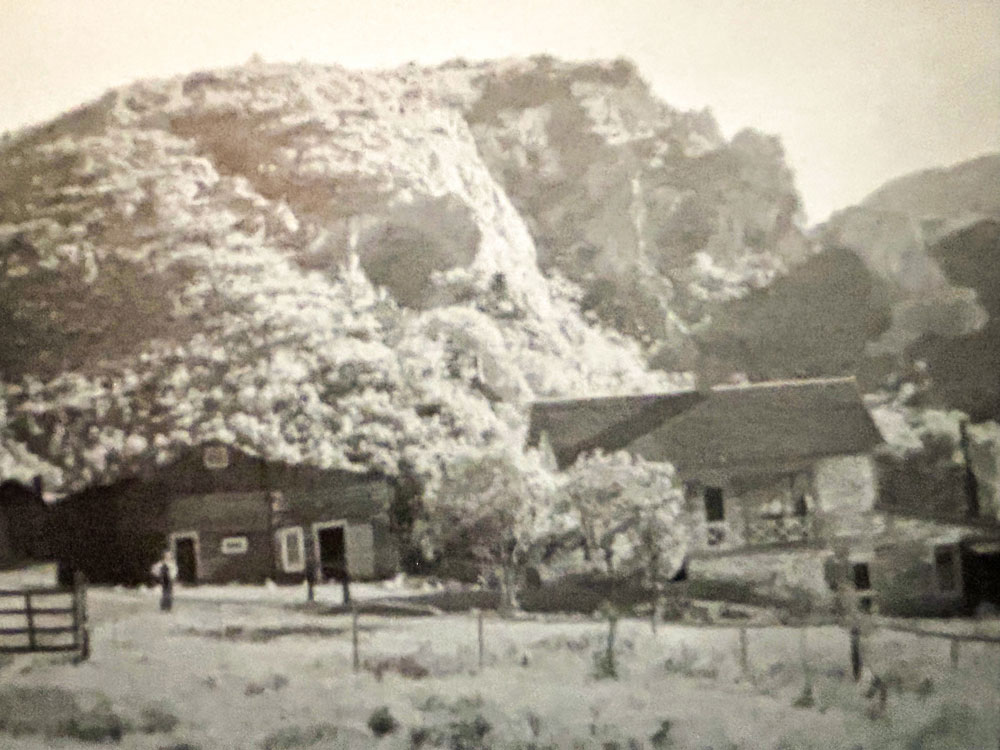Roxborough: food for the heart


Henry J. Persse, was Roxborough’s early shaker and mover. Born in Ireland, also a wool dealer and a brewer from New York, his vision of development, though never realized, set the stage for others who prospered afterward.
Sixty-eight million years ago, red sandstone spires in the Fountain Bedrock Formation, moved from horizontal to the vertical in Roxborough, much like the Garden of the Gods. Later, it was a highway for dinosaurs. Later yet, 35 mammoths would meet their demise there. A parched land unsuitable for agriculture, what it lacked in the elements of sustainability, it overwhelmed with its inspiring beauty.
Early on, the Stephen Long Expedition of 1820 took note of its pulchritude via the sketches of Samuel Seymour. Yet since the area offered little beyond beauty, early western pioneers were late to arrive. While homesteading activity was brisk in south Douglas County in the 1860s, it was only a decade later that Roxborough was seen as a viable area for settlement.
Among Roxborough’s most significant families were the Mikschs, Helmers and the Persses. Amos Miksch was a private in Colorado’s First Cavalry, having fought in our Civil War. He staked a homestead claim in the early 1870s building a cabin, stable and corral. A decade later he sold it to Frederick Neumyer, who by 1883 resold it to Franz and Judith Helmer. Over time, the Helmer Family would come to build and own a massive cattle ranch spanning 3,600 acres over the next 100 years.
Irish-born Henry S. Persse (pronounced “purse”), showed up first in 1882 to evaluate Colorado prospects for his investments. A big picture fellow, having earned his spurs in New York City real estate, Persse was shocked by the beauty of his new environs. Early on, he identified a spectacular piece of property he named “Washington Park,” south of Denver. This because it had a large rock formation on it that resembled George Washington’s profile. After he bought it, he renamed his acreage “Roxborough Park,” the identical name of a family estate in County Galway, Ireland.
Persse was an early breed of today’s land developer who had instantly recognized the profit opportunities inherent in Roxborough through tourism and community development. To publicize his plans, he had them published in the Denver Republican. Among other things he promised the public, he would build a “splendid resort” there, a “200-room hotel, golf links, a club house and a well-stocked lake.”
By 1899, he also built himself a stone cottage, several more for early guests and through syndication, became Roxborough’s largest landholder. Well into the new century, Denver Mayor Robert Speer took continued exception to Persse’s plans, publicly voicing his opinion that the area “should belong to
the city and used by them for free.”
A 1918 Denver trolley accident rendered the argument moot when Persse was killed, struck down where 12th Avenue met Milwaukee Street.
The final chapters of the Roxborough story were complicated, as resolving the bridge mix interests among developers, residents, recreants and preservation interests was no easy day. Developer Woodmoor Corporation’s bankruptcy and unfunded promises to residents added to the challenge.
Ultimately, compromises among the parties preserved Roxborough’s nature and exquisite beauty, while still ensuring that earlier residential promises were still met. Today its ZIP code encompasses 42 square miles of mixed-use land, with some development still in progress. Talk with homeowners and you will quickly understand that Persse’s glowing reports of Roxborough’s beauty were no exaggeration.

Henry Persse’s stone house and outbuildings. His home was constructed using local stone, red mud and water.
By Joe Gschwendtner; photos courtesy of Roxborough State Park and Douglas County History Center Library